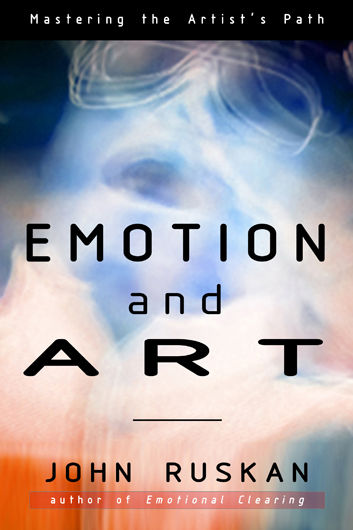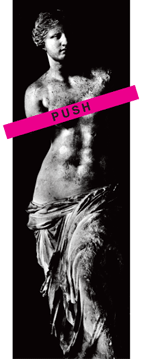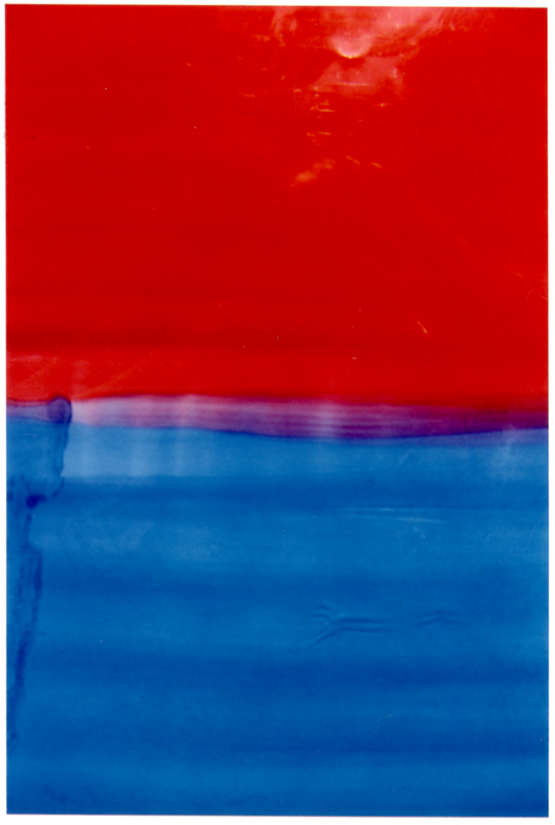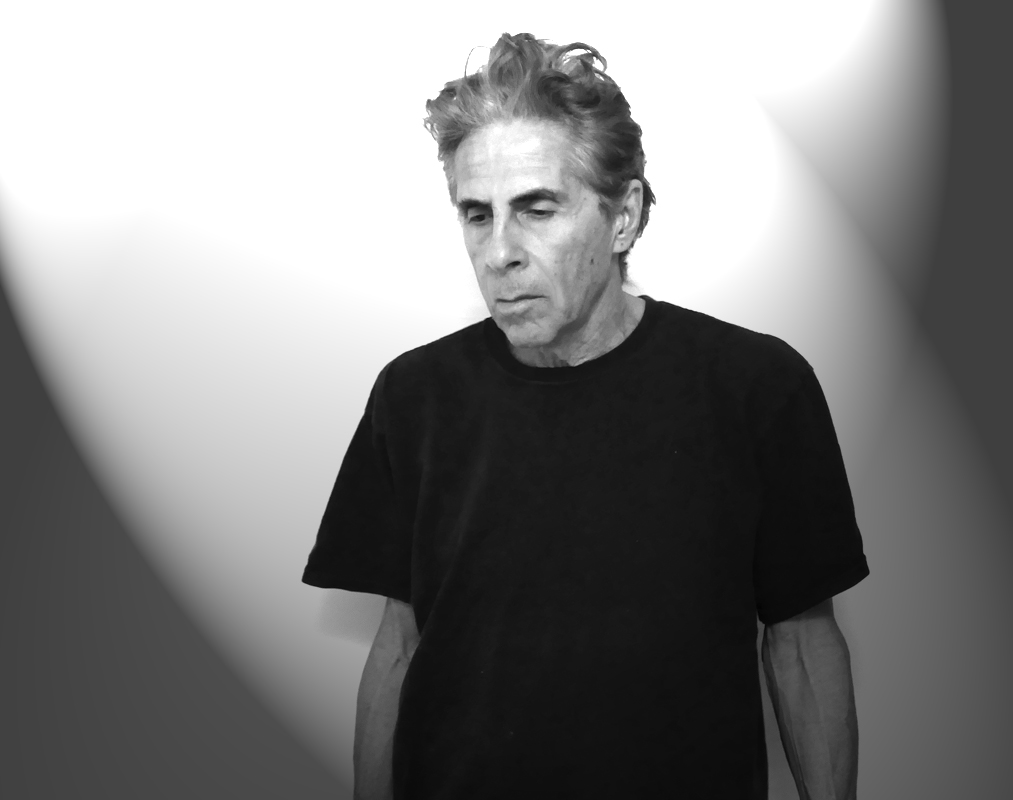 |
Emotion and Art Mastering the Artist's Path
ACTIVATE RIGHT BRAIN FEELINGS INNER GROWTH AND HEALING THROUGH ART WHY ARTISTS GET STUCK OVERCOMING ARTISTIC DEPRESSION AVOID TRAPS THAT ARTISTS FALL INTO THE THREE STAGES OF ART ART AND SEX 210 pages
|
From John-
One of the most common concerns I hear from people trying to do Emotional Clearing work is that they can't contact feelings. Feelings are a Right-Brain function, and in our world today the Right-Brain is usually underdeveloped if not dormant in most people.
I therefore urge everyone interested in working on themselves to maintain a regular Right-Brain practice. One of the best Right-Brain practices is an involvement in the Arts, starting as a viewer or listener, then eventually actively producing art yourself, at whatever level you may be.
Art stimulates the Right-Brain, develops the ability to contact feelings, and cultivates that long-forgotten side of yourself that is essential for personal fulfillment, wholeness, and happiness.
Whether you are a beginner or an experienced artist, this book is full of original insights into the creative art process that will prove to be invaluable.
In this highly original work, John Ruskan explores the intricacies of feeling-oriented art. He presents radical insights about the nature of the art process that tell you exactly what it is that artists do, how they can do it better, and how to make art an essential route to enlightenment through revealing and integrating the personal emotional subconscious.
Even if you don't consider yourself an artist now, this book shows you how to start using art to develop your Right-Brain Feeling capacity.
IN THIS BOOK:
Why it is so important for art to have a foundation in personal feeling, and how you can include this aspect in your work.
Artistic manic-depressiveness demystified and explained in remarkably simple terms: how it forms and how it may be handled and reversed.
John's original three stages of art, based on the projection and retrieval of the subconscious, provide a road map for those traveling the glorious yet often perilous path of the artist, revealing those perils and how to avoid them.
How the creative force of sex can be infused into the art process, and how it can provide an explosion of creative energy instead of being an energy drain.
How to experience art, either as a viewer or creator, as a vital part of your evolutionary advancement.
Penetrating insights into creative blocking, the struggle for recognition, the loneliness of the artist and more.
John has been an active artist his whole life, and has found that art has been a vital means to connect to and activate his Right-Brain, feeling side, which has in turn enabled him to successfully develop and apply the principles of Emotional Clearing.
Involvement with art can be instrumental in raising consciousness, developing emotional sensitivity, and opening the door to the world of feelings. Even if you are not a practicing artist, John explains how, as a viewer, you can cultivate your experience of art for major benefits.
Emotion and Art enables the reader to combine inner Emotional Clearing work with one of its most powerful tools, creating and experiencing art. Many people engaged in holistic self-healing already practice some type of art. This book will appeal to them as it clarifies how to use art as a healing tool, and discusses the traps that artists fall into.
This book is not just a rehash of old art therapy principles, but breaks new ground in the field. Experienced artists will be attracted to the original insights into artistic manic-depressiveness, the three stages of the art process, and recognizing the cut-off subconscious in the art through artistic projection.
Emotion and Art offers startling insights into the practical psychology of how to successfully be an artist. If you have been attracted to Julia Cameron's The Artist's Way, you will find Emotion and Art to be of great value, since it offers complimentary, advanced guidance that will be essential after you have settled into serious work.
Push
here to
read a
chapter!
contents
introduction: The Evolution of Consciousness 1
part 1: Art As A Pathway To Feeling
1. What Is Art? 7 / presence 8/ left and right 11/ what is art? 15 / John's story 16
2. Taking In 23 / concentration 24 /right brain 25 / empathic viewing 26 / open to feeling 29 / do not interpret 30 / projection 31/ developing stillness 33
3. Starting 37 / the fringes 40 / talent 43 / the personal 44 / original expression 48 / art, the spiritual path and psychology 52
4. Opening The Door 57 / the creative process 57 / the healing process 61 / the art process 64 / the creative art healing process 66 / finding your voice 67 / the NOW practice 69
5. The Wounded Artist 75 / art therapy 76 / manic-depressiveness 77 / misusing art 79 / the inner cycle 82 / experience, not expression 83 / artistic depression 86 / handling depression 89
part 2: Making Art With Feeling
6. Making Art 95 / artistic projection 97 / the movement to wholeness 99 / making art 102 / product portrayal of feeling 103 / product containment of feeling 104 / process art 106 / interpretation 109 / positive process 110 / darkness in art 1157. The Three Stages of Art 121 / First Stage: Projecting 124 / entering the flow 126 / evoking 128 / struggle 129 / Second Stage: Recognizing 130 / emergence 131 / engulfment 133 / Third Stage: Integrating 135 / the ending of projection 136 / emotional processing 138 / awareness 140 / acceptance 140 / direct experience 141 / transformation 142
part 3: Feelings About Making Art
8. Fine-Tuning 147 / the critical voice 147 / artist's block 149 / burn-out 153 / support 154 / recognition 157
9. The Loneliness Of The Artist 163 / creating alone 164 / loneliness as archetype 165 / artists in relationship 167 / success and loneliness 170 / the artist's path 171
10. Art And Sex 173 / the quest for wholeness 173 / the creative force 175 / re-directing 177 / art and homosexuality 179
11. Post-Modern Art 185 / the quest for truth 189
Index 195
About the author 200excerpts:
art therapy
Possibly as a result of the influence of art therapy, we now see a general emphasis in consciousness circles that "art heals." The same principles apply - uncover subconscious feelings through working in the art, become more in touch with the hidden self, increase sensitivity, and above all express yourself. It is assumed that expression of feeling is the antidote to suppression.
All this sounds good, and to a large extent, is good. People have been helped by this approach. However, something appears to be missing. When we look at artists as a whole, especially artists who have a dedicated, ongoing relationship with their work, who are "expressing" their feelings all the time, who are not just casually experimenting with first efforts, we are presented with a startling picture. We would expect serious artists to be the most psychologically healthy group around. Instead, we find just the opposite. Artists as a group are notoriously emotionally unstable, if not dysfunctional. There has always been the allowance for the eccentric artist, but what has not been so apparent is that the eccentricity is often only the reflection of deep pain within. If art heals, what has gone wrong?
projection is an essential part of artistic perception. The experience of art must be highly subjective to be of value. Art serves as a stimulus to the subconscious, and brings forth what it might under the unconscious guidance of the higher self. If we surrender to this guidance, we trust that we are exactly where we should be in regard to the experience. We accept our experience, stay with our feelings, and let the art continue to work on us. In this way, we create our own valid meaning for the piece, but it is still a meaning based on feeling - it's what we feel that becomes the basis of the experience for us. At this point, we are animating the art - we are making it come alive.
The exact moment when we project onto the art is when it becomes animated and alive; it becomes animated and alive precisely because we are projecting onto it.
When a projection upon art is operative, feelings will come up spontaneously and abruptly. There may be a sense of the irrational about them - we are affected for no logical reason. The music we hear "makes" us sad, or the painting before us awakens a feeling of helplessness, and may not affect others the same way. What must be realized is that these feelings are coming forward from their trapped place in the subconscious, and the kinds of feelings we hold there may be different from other people's, but are eminently valid and must be honored.
These feelings in the subconscious form what is called the shadow, which can be understood to be the accumulation of unresolved negative feelings and impulses resulting from suppression on both a personal and collective level. On a personal level, each of us may have a bit more or less of any particular feeling, but on a collective level, we all share in the subconscious shadow that contains the complete realm of all possible human emotion.
A central purpose of psychological healing is to awaken, reveal, and release the shadow - this is why so many of the feelings we must engage are negative. As we let art work on us, these feelings, stored in the subconscious, will start to become apparent, through the projection mechanism. When a certain feeling is strongly or repeatedly awakened by any art stimulus, we know that this is a feeling that is coming forward to be cleared. If we allow ourselves to just be with the feeling, to watch it from a detached, impassive place as we experience it in the body without acting it out, it will clear.
containment of feeling
In order for authentic feeling to be evoked and for art to be healing, we have to move to a different relationship with the art. We may start with a product illustration of feelings, by representing where we are now. But as we keep working with the images, whatever our media, we allow for a shift in the way we interact with the art. Instead of working with the intention of getting rid of a feeling, we work with the intention of being with the feeling, and of experiencing it through the art.
We allow the art to contain the feeling for us.
This crucial shift of purpose aligns art with emotional healing work. Entering the art, which we are simultaneously producing, with the sense of a participant, with the sense that this is happening NOW, that I am not merely illustrating what may have happened in the past, allows the realness - the presence - to enter the art that is so crucial in making it come alive, and for authentic healing and energetic shifting to occur. In practical terms, if we are working with an event of the past, we relive the event as we make the art. As we go through the steps of what happened, putting those feelings into material expression, we both contain the feelings and distance ourselves from them. We are with the feelings, but witnessing them.
It's important to distinguish between portrayal and containment of feeling. In portrayal, the artist starts with an awareness of the feeling that will be depicted. The intention, which may be unconscious, is to get rid of the uncomfortable feeling. But, for reasons we may not entirely understand, the portrayal of the feeling has a sense of self-consciousness about it, a sense of self-indulgence. It is being portrayed as means to an end. It is almost or blatantly a cry for attention: look at my pain. It is a self-centered illustration of a feeling, but the work does not contain the feeling. There is no inherent power that might draw us to participate in the creation as viewers.
3 stages
The act of creating art consists of three stages. These stages represent distinct orientations in how the artist experiences the art as it is unfolding. They are a natural sequence that occurs on a psychic-emotional level. Awareness of the three stages enables the artist to engage in artistic expression as a positive, fulfilling, growth experience. Unaware of the turns the art process may take, artists may easily mismanage the experience, preventing the possibility of growth, or even hurting themselves. It is quite interesting to note that the stages include manic-depressive phases as a natural part of the cycle, which leads to trouble only when mishandled. The stages also account for the troublesome self-critical voice that results primarily from the mishandled third stage.
1. Fragmented and Beginning
In the first stage, we begin the art, trying ideas and considering alternatives. We are in a normal state of consciousness. This condition is referred to as fragmented by psychologists, because it is the condition of suppression. We carry suppressed shadow parts of ourselves in our subconscious, cut off from our sense of conscious self. There is not yet an emotional connection to the art.
2. Communion in the Reunion
In the second stage, we start to sense our suppressed subconscious shadow as it is projected into the art as part of the creative art process. We become intensely attracted to the art because of this recognition, as a result of our innate longing for wholeness. We become enraptured and fascinated with the art. We identify with the art; we become it and it becomes us. We feel a colossal soul-communion in the reunion.
3. Rapture becomes Isolation
In the inevitable third stage, we are let down. We simply cannot maintain the enraptured condition indefinitely. The identification is broken, and we are shifted from oneness to aloneness. We become more fully aware of the part of ourselves that has been in the background, impelling the tremendous high. Since that part is usually of a negative nature, we find ourselves with negative feelings that we cannot readily account for and, because we are focusing on the art, the art will generally appear to be causing the feelings. We will be fearful and anxious; or sad and jealous; or hurt and angry; or, most likely, our aloneness will turn to isolation.
about John Ruskan the artist
John has been on the artist's path all his life. After graduating from Cornell University with a degree in Mechanical Engineering, he took a radical turn in life-style and direction, focusing his attention on developing his neglected Right-Brain through full-time involvement in consciousness work, yoga, and the arts, now spanning a period of more than 40 years. Working primarily in the music field, he has composed and recorded over 10 albums, and continues to release new work. He feels that working as an artist has been a critical factor in his personal growth, especially regarding emotional development. His music is available at http://www.johnruskan.com




